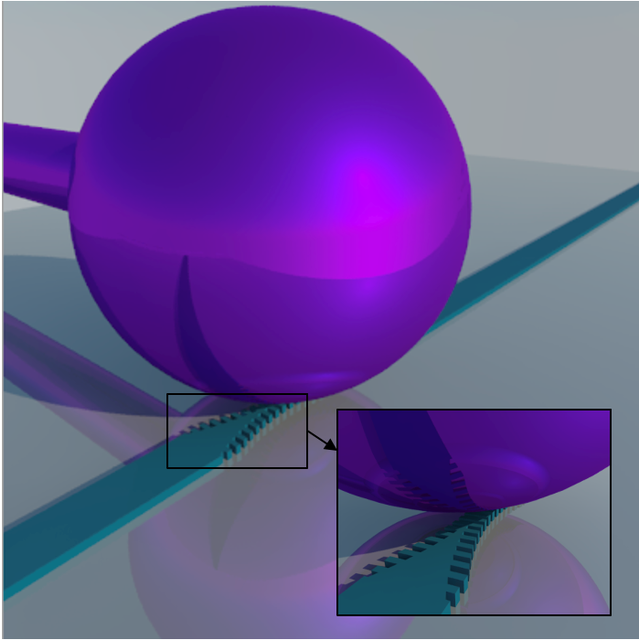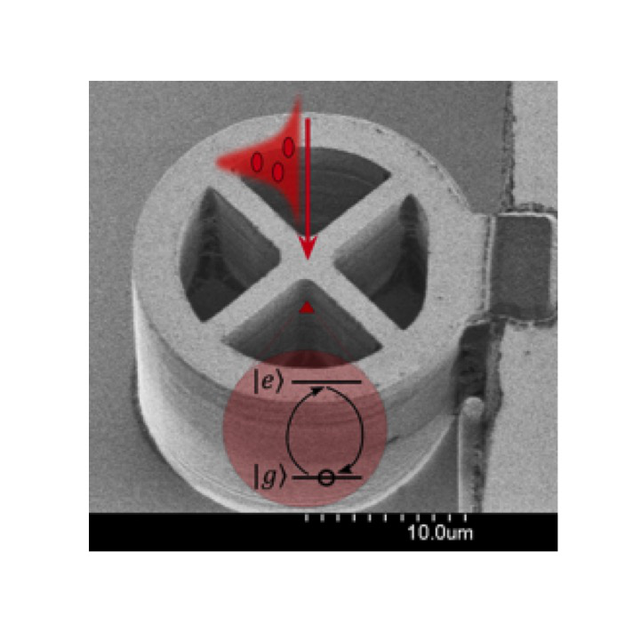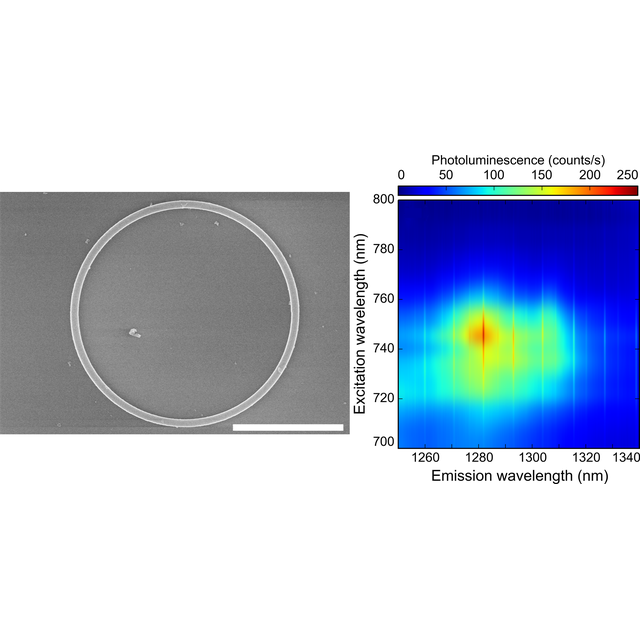Optical microresonators with high quality factors are key in photonic circuits requiring fine spectral filtering or resonant storage of optical power. Silicon (Si) photonics provides high-performance optoelectronic circuits but yields planar Si microresonators with rather low quality factors (Q < 105). On the other hand, bulk resonators achieve exceptionally high quality factors, Q > 107. Si photonic waveguides and bulk resonators have very different sizes and refractive indices that preclude efficient coupling.Here, we show an efficient method to couple bulk resonators and Si waveguides based on subwavelength metamaterial engineering. We demonstrate up to 99% light coupling efficiency for microspheres and microdisks made of silica, lithium niobate, and calcium fluoride, with 0.3-3.6mm diameter. This achievement could enable the heterogeneous integration of bulk resonators and silicon photonic circuits, with potential applications in sensing, communications, and quantum information.
Optical microresonators provide key functionalities like ultra-fine spectral filtering, lasers with high spectral purity, high-efficiency frequency comb generation, and high optomechanical coupling. The performance of the resonators is typically assessed by their quality factor, Q, defined as the energy stored in the resonator divided by the energy dissipated per radian. Since Q is inversely proportional to the fractional power loss per optical cycle, key performance metrics improve with increasing Q. For example, power consumption and phase and intensity noise in resonator-based optical sources scale inversely with the square of Q. At the same time, high Q improves precision in resolving the resonance wavelength, which is important for applications in sensing and frequency stabilization.
Silicon (SI) photonics provides a unique potential for large volume production of optoelectronic circuits and is considered a key technology for the development of emerging applications in sensing and communications. However, the performance of Si photonic circuits is often limited by the comparatively low quality factors of Si-based ring resonators, typically in the 104 -106 range. In addition, Si has some intrinsic physical limits that hamper the implementation of advanced nonlinear and optoelectronic functionalities. Strong two-photon absorption in the near-infrared compromises nonlinear applications, and the centro-symmetry of the Si lattice compromises the efficiency of optoelectronic circuits exploiting the Pockels effect. On the other hand, bulk whispering gallery mode (WGM) optical resonators like spheres and disks in different materials provide a wide range of remarkable optical properties and ultra-high Q-factors of up to 1011. However, robust coupling between planar Si waveguides and low-index bulk resonators, e.g., silica, is not possible because of index mismatch.
Here, we propose and demonstrate a new type of highly versatile coupling approach, which enables coupling between integrated Si waveguides and a wide range of bulk WGM resonators with largely disparate sizes (300 µm–3.6mmdiameter) and refractive indices (1.42–2.21). The proposed coupler, see Fig. 1, is monolithically integrated on a silicon-on-insulator (SOI) wafer. This universal coupling approach leverages the subwavelength grating (SWG) metamaterial waveguides to shape the optical field distribution and wave vector of guided modes.
We have shown that SWG metamaterial engineered couplers provide unique flexibility to combine a wide range of bulk WGM microresonators with Si waveguides, achieving very high coupling efficiencies close to 100% and measured quality factors exceeding 107. The SWG couplers studied in this work demonstrate a proof-of-concept validation of a universal integrated photonic coupling approach that can be implemented using Si photonic technology, opening a new route to exploit a wide range of optical properties enhanced by ultra-high Q resonances. The presented approach can be readily exploited to implement robust devices combining high-performance bulk resonators and complex Si photonic circuits, with promising prospects for a wide range of applications, including sensing, nonlinear optics, microwave photonics, and quantum photonics.
Reference
Metamaterial engineered silicon photonic coupler for whispering gallery mode microsphere and disk resonators
Optica Vol. 8, Issue 12, pp. 1511-1514 (2021)
https://doi.org/10.1364/OPTICA.438395
Affiliations
D. Farnesi,1 S. Pelli,1 S. Soria,1 G. Nunzi Conti,1,* X. Le Roux,2 M. Montesinos Ballester,2 L. Vivien,2 P. Cheben,3,4 and C. Alonso-Ramos2
1Institute of Applied Physics “N. Carrara,” – Italian National Research Council (IFAC-CNR), I-50019 Sesto Fiorentino, Italy
2Centre de Nanosciences et de Nanotechnologies, CNRS, Université Paris-Saclay, Palaiseau 91120, France
3National Research Council Canada, 1200 Montreal Road, Bldg. M50, Ottawa, Ontario K1A 0R6, Canada
4Center for Research in Photonics, University of Ottawa, Ottawa, Ontario K1N 6N5, Canada
Fig. 1. Schematic view showing the proposed subwavelength-engineered structure to efficiently couple nanophotonic silicon waveguides and bulk whispering gallery mode resonators.








